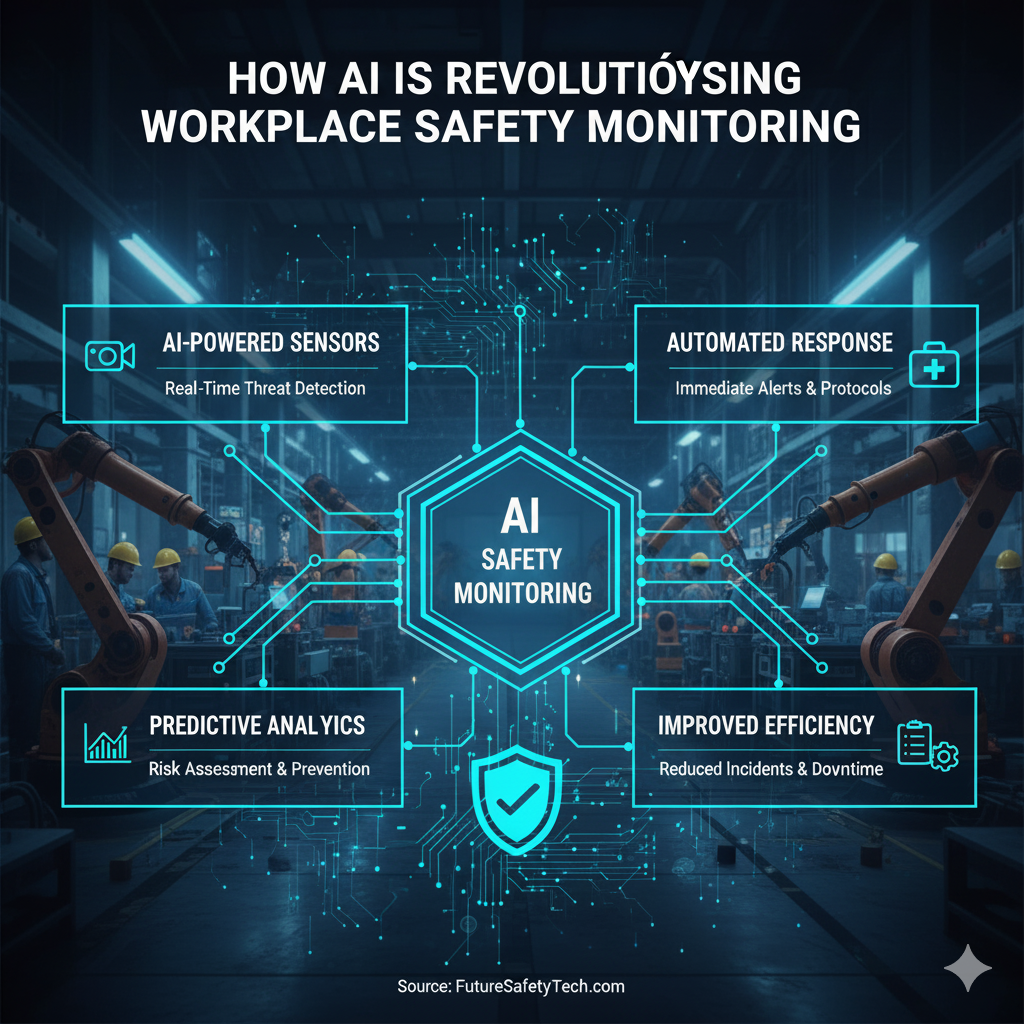Workplace safety has always been a top priority across industries, from logistics and manufacturing to mining and construction. As technology advances, artificial intelligence (AI) is reshaping how organisations identify risks, prevent accidents, and promote safer working environments. Today, AI-powered safety monitoring systems are not only improving operational efficiency but also saving lives — transforming reactive safety measures into proactive, data-driven solutions. Companies likeSpeedshield Technologies are at the forefront of this movement, using smart systems to enhance driver behaviour monitoring and industrial vehicle safety.
From Observation to Prediction: The AI Advantage
Traditional workplace safety has often relied on manual inspections, checklists, and incident reporting. While these methods remain valuable, they can’t match the real-time awareness and predictive power of AI. Modern AI systems can continuously monitor equipment, workers, and environmental conditions to detect unsafe patterns before they lead to accidents.
For example, sensors and cameras combined with machine learning algorithms can recognise when a forklift is speeding, detect unsafe proximity to pedestrians, or identify signs of fatigue in operators. Instead of waiting for an incident report, the system alerts supervisors instantly, allowing immediate intervention. This predictive approach helps reduce human error — one of the leading causes of workplace injuries.
Real-Time Data for Smarter Decision-Making
AI-driven safety systems generate valuable data that organisations can analyse to identify trends, recurring issues, and areas of improvement. Over time, this data creates a clearer picture of workplace dynamics — which shifts experience more fatigue-related incidents, which zones have higher risk levels, or which equipment requires additional training to operate safely.
The insights gleaned from AI analytics help management teams make informed decisions about safety investments, training programs, and policy updates. Moreover, AI tools can automatically document incidents, ensuring regulatory compliance while saving time on manual record-keeping.
Enhancing Worker Engagement and Accountability
Another significant advantage of AI safety monitoring is its impact on employee behaviour. Real-time alerts, feedback systems, and visual dashboards empower workers to take greater responsibility for their own safety. When employees can see tangible data on their performance — such as safe driving scores or incident-free streaks — it fosters a culture of accountability and continuous improvement.
On top of this, AI-powered monitoring doesn’t have to feel punitive. When implemented with transparency and respect for privacy, it can serve as a collaborative tool that supports worker wellbeing rather than surveillance.
The Future of Workplace Safety
As AI technology evolves, its applications in safety monitoring will only become more sophisticated. Future innovations may include wearable devices that track vital signs to prevent heat stress or fatigue, autonomous systems that detect hazards in high-risk zones, and AI-driven maintenance scheduling to prevent machinery failures before they occur.
Ultimately, AI is transforming workplace safety from a compliance requirement into a continuous, intelligent process. Organisations that embrace these innovations — much like those adopting solutions from Speedshield Technologies — are not just keeping up with industry trends; they’re setting new standards for proactive, data-informed safety management.
The integration of AI in workplace safety monitoring marks a profound shift in how businesses protect their most valuable asset — their people
By combining predictive insights, real-time data, and smarter systems, AI is reducing risks and paving the way for safer, more efficient workplaces across Australia and beyond.

